
…In the very center, under
it all, what we have that no one can take
away and all that we’ve lost face each other.
It is there that I’m adrift, feeling punctured
by a holiness that exists inside everything.
I am so sad and everything is beautiful.
~ Mark Nepo ~
This is an update of an essay I wrote eight years ago this month. I turned to it as we learned, as we too often learn, that progress is not remotely linear. Evolution is often bewilderingly and heartbreakingly tortuous. We too often careen backward through no choice of our own.
As then, I am reminded of Wendell Berry’s poem, February 2, 1968. He wrote it three days into the disastrous Tet Offensive of the Vietnam War. It was a year that was to include two deeply tragic assassinations, worldwide rebellion, and a bitter election.
In the dark of the moon, in flying snow, in the dead of winter,
war spreading, families dying, the world in danger,
I walk the rocky hillside, sowing clover.
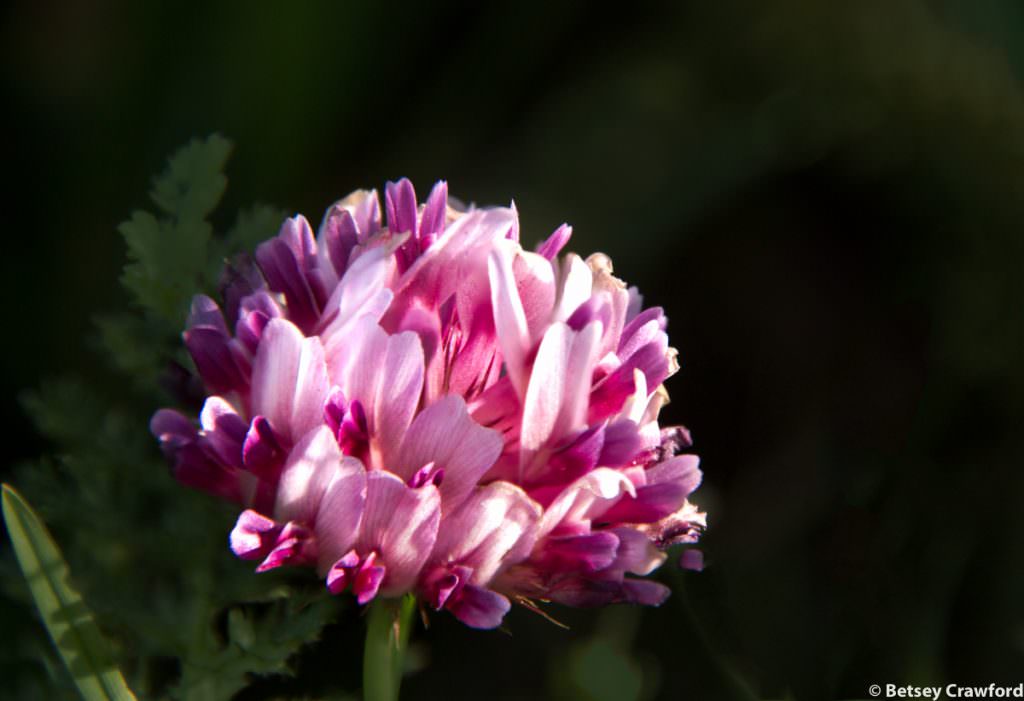
Words in poems are never accidents. Faced with grief, fear, and despair, Berry was sowing a member of the Fabaceae, the legume family. It is one of the most ancient plant families on earth, with fossils 56,000,000 years old. It is also one of the largest, and perhaps the most important for our species. Our evolution went hand in hand with the legumes, the most abundant source of plant protein.
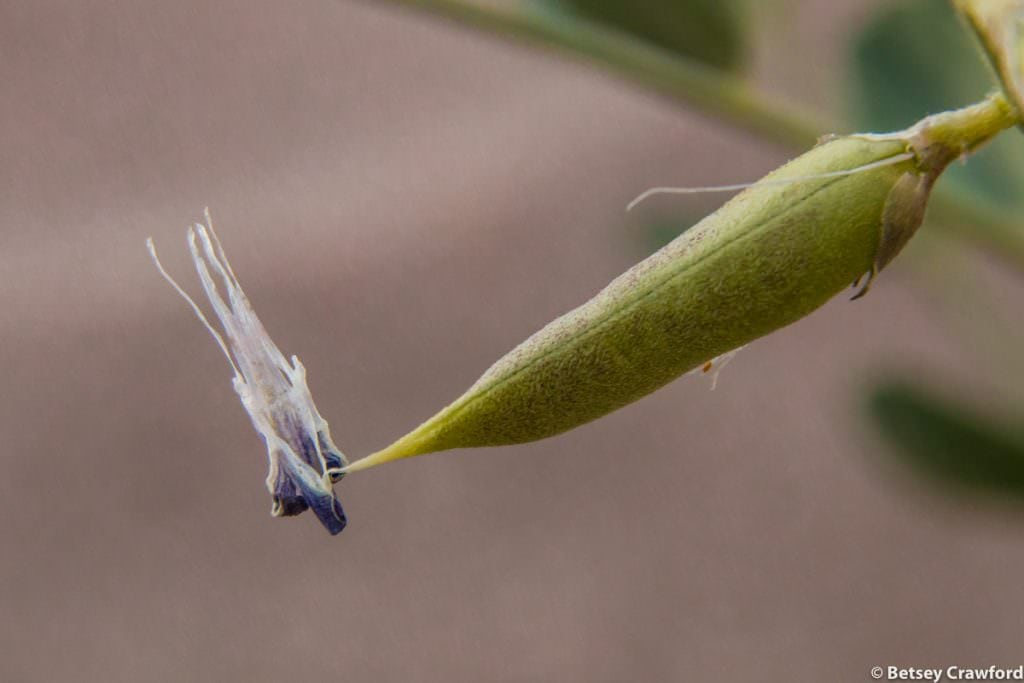
They can prosper even on Berry’s rocky hillside because of their extraordinary ability to nourish soil. Nitrogen is the nutrient plants are hungriest for. The entire legume family can take it from the air, convert it to another form of nitrogen, ammonia, and transfer it to the soil.
This magic is performed by rhizobia, bacterial descendants of billions-of-years-old archaic organisms. They live in nodules along the roots of the plants. Because they create their own fertilizer, legumes can adapt to a wide array of conditions. Then, while thriving themselves, they enrich and renew the ground they grow on.
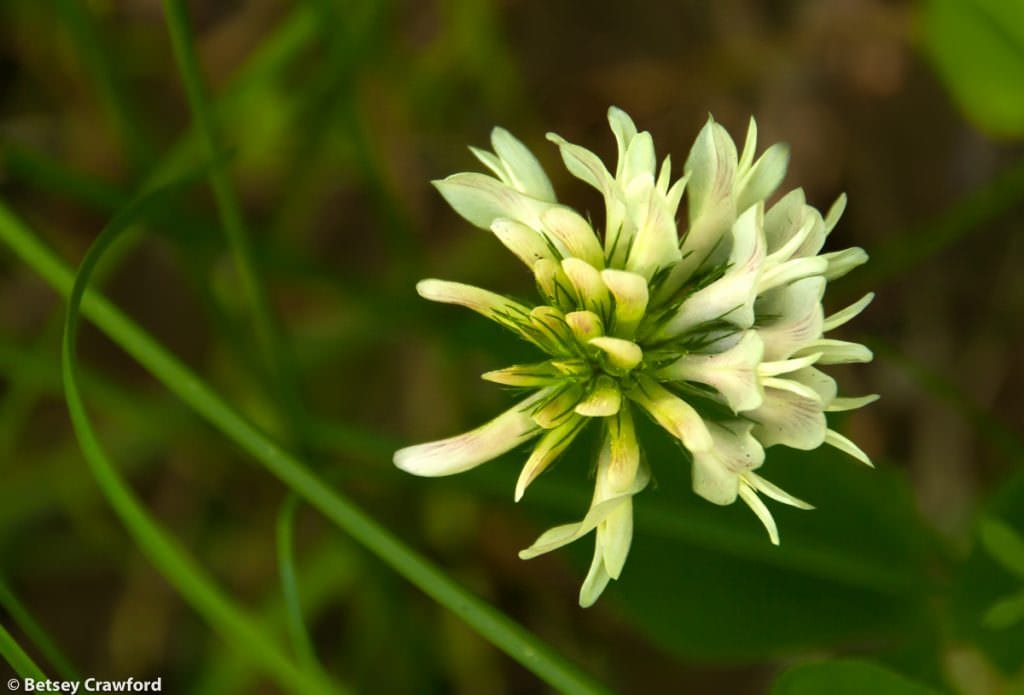
But Berry wasn’t sowing chickpeas, or peanuts, or peas. He was sowing clover, a plant specifically used to nourish soil. For millennia, farmers have planted clover to bring tired soil, its nitrogen used up by other crops, back to life. It also offers extra rich fodder for farm animals. It keeps pollinating bees in the neighborhood by giving them nectar they particularly value.
In the middle of war, in the dark of winter, on frozen ground, he is sowing a plant of deep nourishment and renewal. A thread that ties crucial elements of farming — and thus life — together.
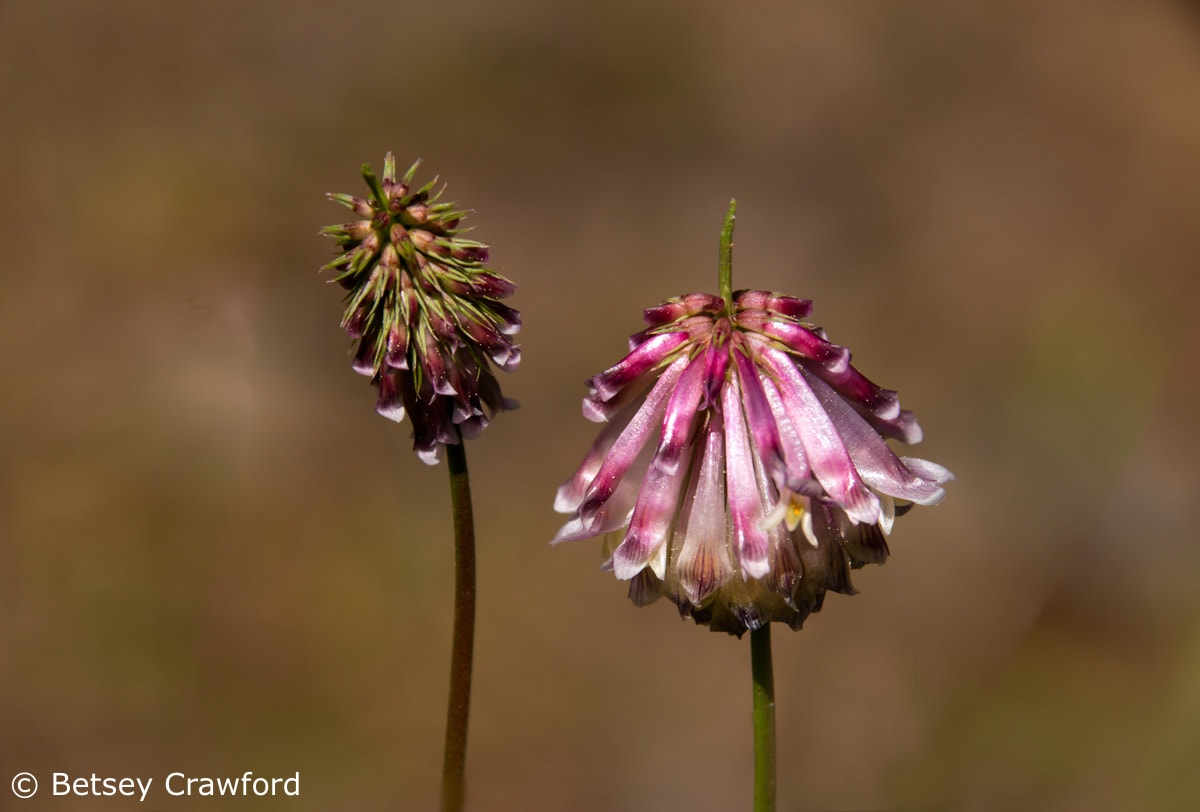
For post-election solace, I turn once again to the millions of people who are sowing clover all over the world. The subtitle of environmentalist Paul Hawken’s book Blessed Unrest is “How the Largest Movement in the World Came into Being and Why No One Saw It Coming.”
It’s a movement powered by millions of people working worldwide. Determined, as Hawken says, to “save the entire sacred, cellular basis of existence — the entire planet and all its inconceivable diversity.” Determined in the face of repressive governments, resistance, the slow pace of progress.
There are certainly benefits to be gained by good legislative policies. But governments may be low on the list of places to look for lasting revolutions in human affairs. Political institutions are designed to perpetuate themselves and thus are conservative by nature.
“Fixing the intractable problems besetting the world,” Hawken writes, “will require a convergence of social intelligence and natural science, two qualities traditional politics lack.” Much of the energy behind these movements worldwide grows out of indigenous cultures. Few know better the long patience required for the endless struggle against oppressive systems.
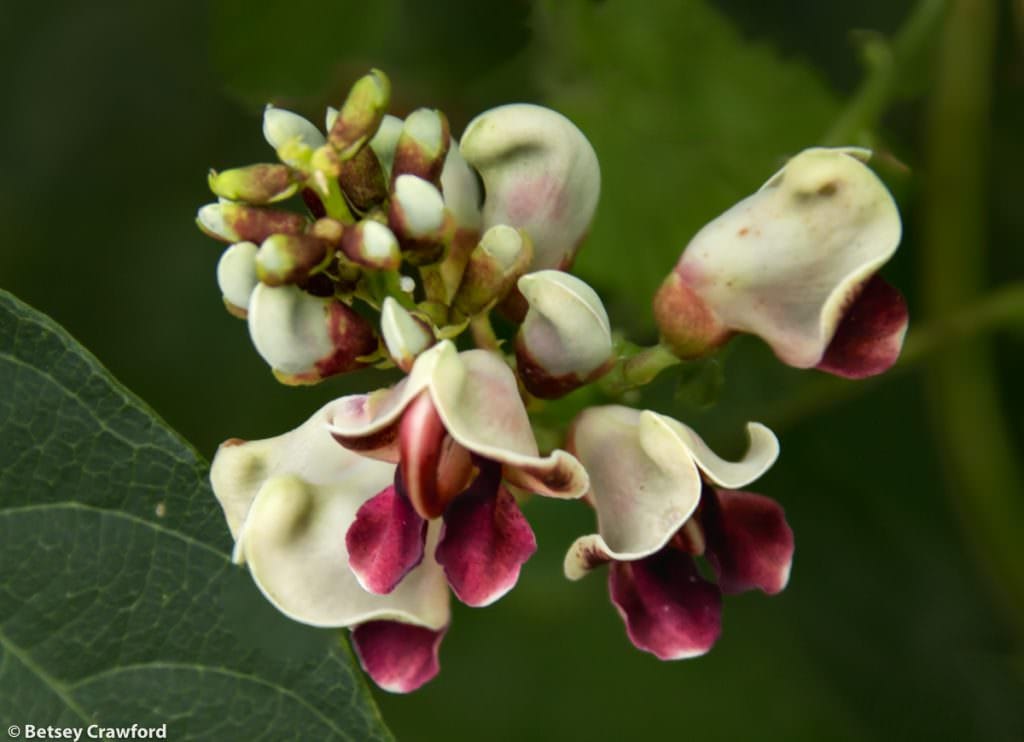
“Change,” President Obama reminded us, “doesn’t come from Washington. It comes to Washington.” That’s true for any capitol in the world. Progress can lurch along, but the lurches can be sickening, even terrifying, as they are now.
So, I take comfort in the slow, steady work of ordinary people. I spent most of my adult life in a small New York town with many environmental organizations. The Nature Conservancy, global in scope with a budget in the billions, was active. County-wide organizations worked together to preserve land. A small band of local volunteers monitored the health of the harbor I lived near. Each village and hamlet in the township had a group working to preserve and restore natural areas, advocating for open space, preserving traditional fishing grounds.
The northern California area where I now live is the same. Groups work on zero waste, on landscaping with native plants, on restoring habitat for birds and streams for salmon. There are so many organizations working to keep Mount Tamalpais healthy they have created a consortium called OneTam. Last spring I was part of a butterfly count, another spring a bird count. Neighborhood groups are working to increase sustainability and resilience.
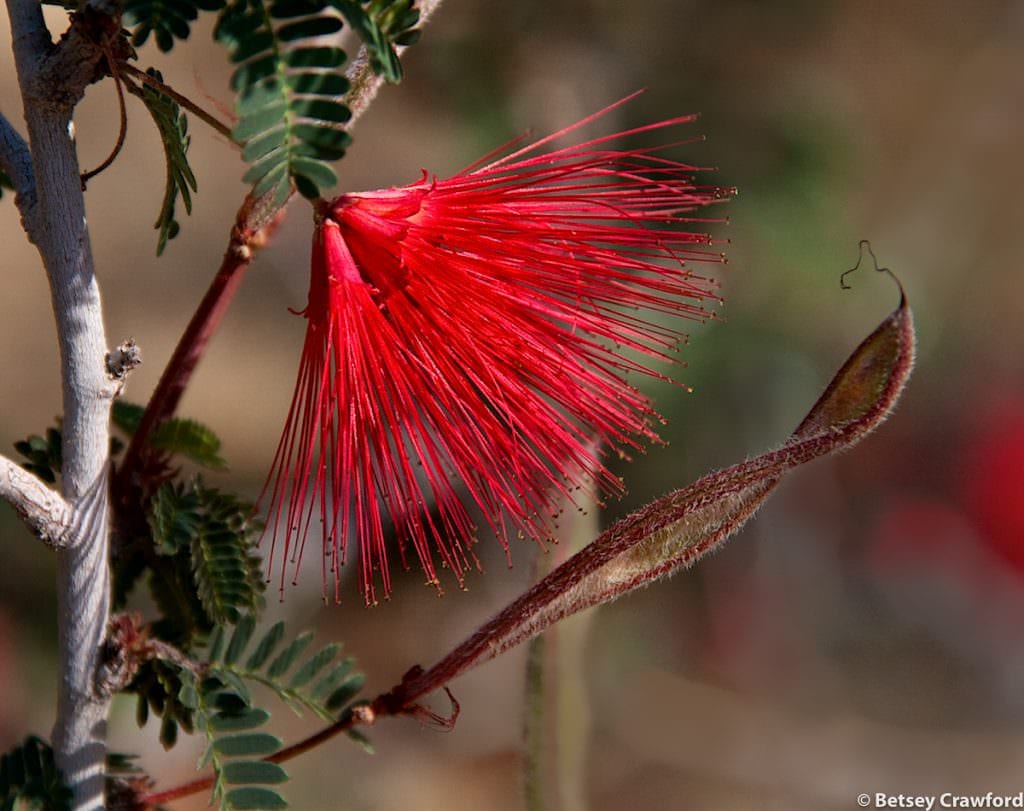
Multiply this out, town after town, state after state, country after country. Working for the health of rivers, streams, and wetlands, for clean air, for better public transportation. Other groups working for indigenous rights, workers’ rights, civil rights, the right of girls worldwide to an education. Still more concentrating on land, farming, hunger, and housing. Each issue is woven into all the other issues.
Hawken lists the wide variety of organizations, hundreds of thousands of them. There are keepers, watchers, friends, defenders, coalitions, alliances, incubators, networks. He had no idea the network was so vast when he started. “The book,” he writes, “is inadvertently optimistic, an odd thing in these bleak times. I didn’t intend it; optimism discovered me.”
He likens the movement to the growing understanding of the human immune system. Seeing it not as an army but as a network. The cure for disease may depend more on fostering the network’s connectivity than on pushing for a ferocious response. We become Earth’s immune system.
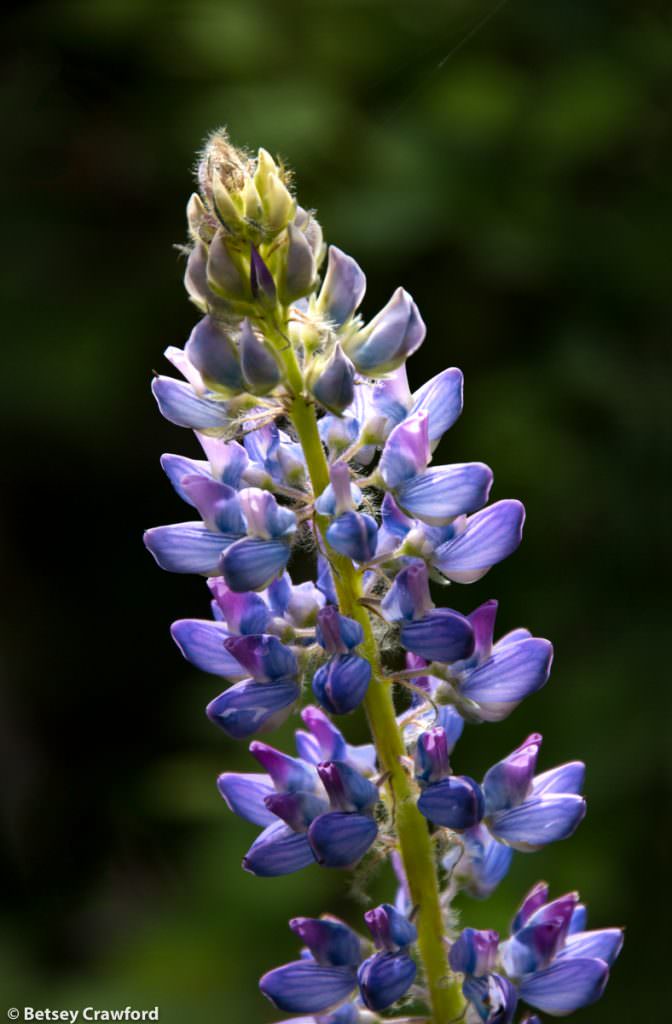
Connection is one of the most important elements in this worldwide web. Every path that you follow will lead to related paths and other possibilities. Like the internet on which it depends, this vast movement works toward more interconnections, more information, more ideas. Ever multiplying ways to gather people together into communities that sustain both the cause and actors.
“What unifies it is ideas, not ideologies,” Hawken says. “There is a vast difference between the two; ideas question and liberate, while ideologies justify and dictate.”
One person starts a campaign to save a stream’s health. As others join in, the campaign grows into a variety of organizations dedicated to changing the upstream practices that cause pollution. Those challenges lead to larger questions about what serves humanity and the planet we depend on.
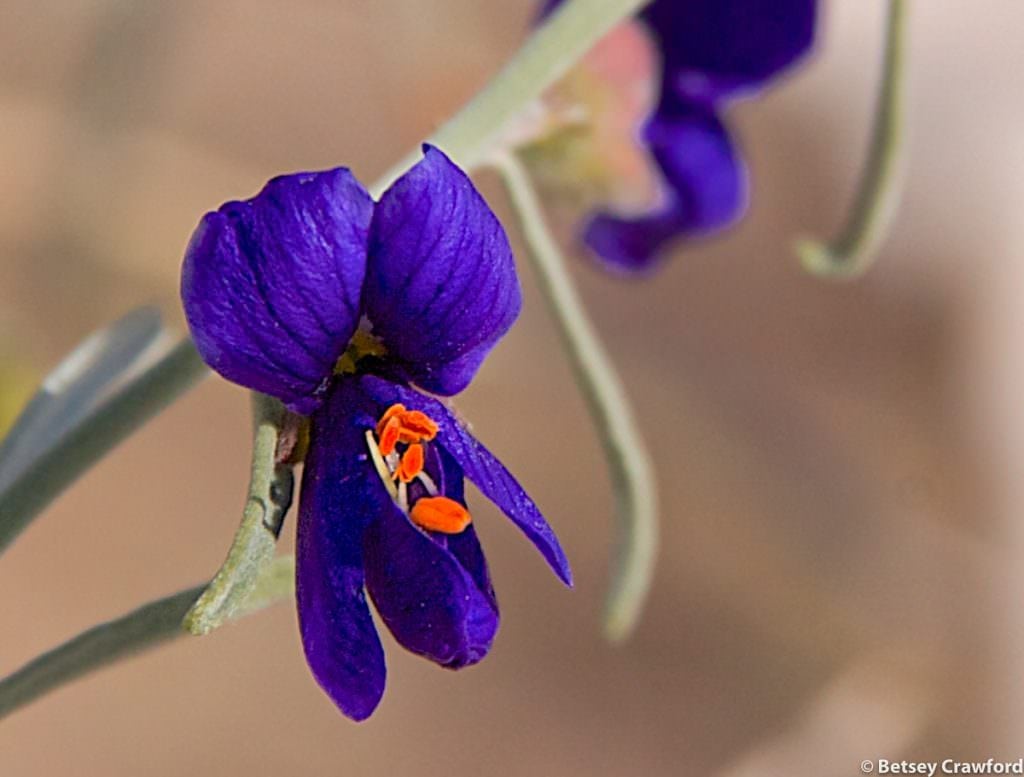
“Most movement activists start like Chico Mendes, believing they are fighting for a specific cause, in his case, rubber trees.” They come to realize they are fighting for a greater purpose. “I thought I was trying to save the Amazon rainforest,” Mendes said. “Now I realize I was fighting for humanity.”
“There is fierceness at work here,” Hawken assures us. “There is no other explanation for the raw courage and heart displayed over and again in the people who march, speak, create, resist, and build. It is the fierceness of knowing we are human and intend to survive.”
I, too, am an ordinary person sowing clover. Some of it is on this page, along with other Fabaceae family members. I sometimes wonder where my passion for plants fits in, given the magnitude of the tasks we face. Then I remember theologian Howard Thurman’s soul-affirming answer to a similar question. “Don’t ask what the world needs. Ask what makes you come alive and go do it. Because what the world needs is people who have come alive.”

What makes me come most alive is peering into the soul of the natural world and returning with the news I find there. Such stories reach far beyond luminous petals and sun-drenched leaves, arching branches, sinuous snakes, singing birds.
They connect. Berry’s clover, Hawken’s immune system, all our endeavors connect with all life on Earth. This eternal interweaving is why poet Gary Snyder’s advice for the journey, at the end of For the Children, can be so simple. One thing leads to everything.
To climb these coming crests
one word to you, to
you and your children:
stay together
learn the flowers
go light.
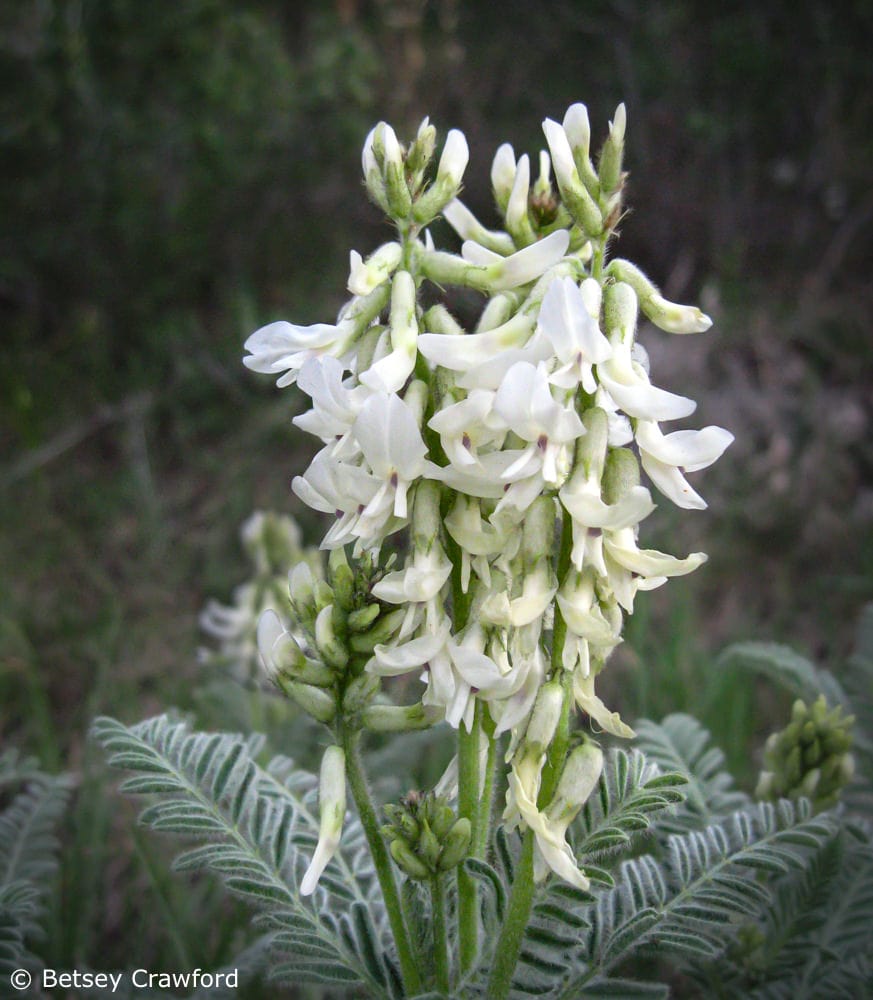
Top photo: common Pacific pea (Lathyrus vestitus)
More stories of Blessed Unrest can be found HERE.
~ RELATED POSTS ~
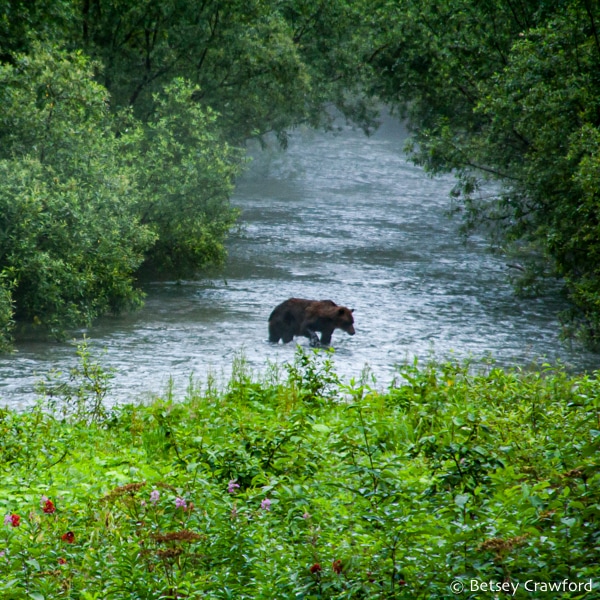
THE KLAMATH RIVER DAMS: REWEAVING A RIVER
I have a special interest in the Klamath River dams: my grandfather helped build them. With four gone after decades of activism, the river can reweave its confluence of lives and habitats. As we repair the damage we do by constraining nature, we gain life itself.

PROJECT DRAWDOWN: REVERSING GLOBAL WARMING
Environmentalist Paul Hawken asked what we can do to reverse global warming instead of only slowing it down. His team came up with 100 solutions and jaw-dropping surprises. A way to reimagine our world. So, where does my unusually tidy refrigerator fit in?

WEATHERING THE STORM: LIVING WITH THE POWER OF CATACLYSM
We owe our existence to the collapse of early stars, so the power of cataclysm has ever been with us. Though the most difficult of the Powers of the Universe, it clears the ground for profound creativity.
Your wonderful flowers filled me with joy this morning
Thank you
Dilys
I’m so glad, Dilys. Thank you.
“… peering into the soul of the natural world and returning with the news I find there.”
This is so you. I’m deeply grateful you do this. I love you.
Cara
Thank you so much. Love in return.
Ah, Howard Thurman. A place to always turn when in despair. Thank you for this BC…
“Look well to the growing edge! All around us worlds are dying and new worlds are being born; all around us life is dying and life is being born. The fruit ripens on the tree, the roots are silently at work in the darkness of the earth against a time when there shall be new leaves, fresh blossoms, green fruit. Such is the growing edge! It is the extra breath from the exhausted lung, the one more thing to try when all else has failed, the upward reach of life when weariness closes in upon all endeavor. This is the basis of hope in moments of despair, the incentive to carry on when times are out of joint and men have lost their reason, the source of confidence when worlds crash and dreams whiten into ash. The birth of the child — life’s most dramatic answer to death — this is the growing edge incarnate. Look well to the growing edge!” Howard Thurman
KA
Perfect! Thank you.
Finding your words, today is such a balm for my soul. Thank you.
Thank you so much. Rereading it was even a balm for me! I’ll be updating it for this month, sadly.
You’ve made it so clear here that the most important thing – and I mean “MOST IMPORTANT THING” in the most cosmic way of which I’m able to conceive it – is that our only real task while we’re here is to remember, always, who we are, and what we are meant to do…
And you do it not only by reminding us of that reality, but by actually doing it, and sharing your doing with all of us. Grace manifest, my dear friend. I am humbled and inspired…
MLAA…
Thank you so much, dear friend. This is so beautiful: “our only real task while we’re here is to remember, always, who we are, and what we are meant to do…”
Breathtaking! What you offer here is pure connectivity and balance of all things that make up life- beauty in the midst of chaos, the resiliency of the human spirit balancing heartbreaking fear and contraction. We tend to see tragic things in isolation and yet while they are happening you show us the flowers bloom, connections are made and change happens as life continues to unfold. Thank you!
Thank you for this wonderful response, Marcia. I’m so moved by what you received from this. So grateful to be any help in ‘balancing heartbreaking fear and contraction,’ even while I feel that myself.
Absolutely beautiful — my favorite one yet. Sharing!❤️❤️❤️
Thanks, Annie! Wondering what makes this your favorite.